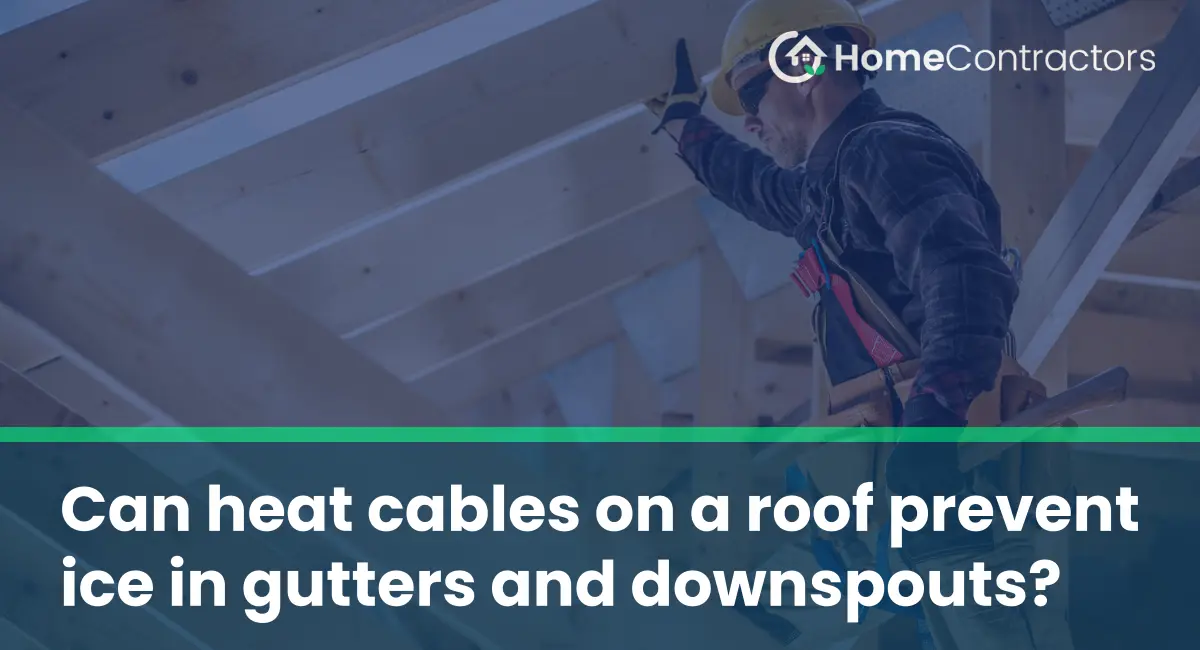Heat cables, also known as heat tape or roof de-icing cables, are electrical heating elements designed to melt snow and ice on the roof. These cables are typically installed along the roof edges, gutters, and downspouts, areas prone to ice dam formation. When energized, the heat cables generate heat, preventing the accumulation of ice and allowing snow to melt and drain properly.
The Pros of Using Heat Cables
- Prevention of Ice Dams: The primary benefit of heat cables is their ability to inhibit ice dam formation. By keeping the roof edges and gutters warm, heat cables ensure that snow melts continuously, reducing the risk of ice dams.
- Protection Against Roof Leaks: Ice dams can cause water to back up under shingles, leading to leakage and potential structural damage. Heat cables help prevent this by facilitating the natural drainage of melted snow and preventing the formation of ice dams.
- Safer Environment: With ice removed from the edges of the roof, gutters, and downspouts, homeowners can avoid potential hazards. Falling icicles or ice chunks may pose risks to people and property, making heat cables a valuable safety measure.
- Seamless Installation: Heat cables can be easily installed on existing roofs without requiring major modifications or extensive construction work. This makes it a convenient solution for homeowners who wish to protect their homes from ice-related damages.
The Limitations of Heat Cables
While heat cables offer significant advantages, it is important to recognize their limitations before making a decision:
- Energy Consumption: Heat cables, when left on continuously, can consume a considerable amount of electricity. Homeowners must factor in the increased energy usage when installing heat cables.
- Limited Effectiveness: Heat cables are not a foolproof solution against ice dams. They are most effective in preventing ice formation at roof edges and gutters. However, if ice dams occur higher up on the roof, heat cables may not be as effective.
- Regular Maintenance: To ensure optimal performance, heat cables require regular maintenance and inspections. This includes removing leaves, debris, and shingle granules that may accumulate on the cables.
While heat cables can play a significant role in preventing ice dams and associated roof damage, they are not an infallible solution. Homeowners should weigh the benefits, limitations, and installation costs of heat cables before making a decision. Consulting with a professional roofing contractor can provide valuable insights and help determine whether heat cables are the most suitable option for your specific roof and climate conditions. Ultimately, a combination of insulation, ventilation, and heat cables may be the most effective approach for combating ice dam formation and maintaining a safe and well-functioning roof.
